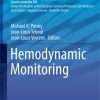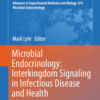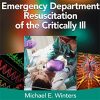Micropuncture Kits for Difficult Vascular Access
emdocs.netThe ability to obtain rapid vascular access, both arterial and venous, is a critical skill in emergency medicine, made even more important by recent advances in resuscitation technology.
Patients may require placement of a central venous catheter, arterial line, REBOA, PICC line, midline, or ECMO cannulas while in the emergency department.
The Seldinger technique is the foundation of most intravascular procedures and can be utilized for all types of vessel catheterization. The methodology has evolved over the past several decades and is now performed with or without ultrasound guidance.
While there has been progress with needle guidance systems, and the evolution of the “accelerated seldinger technique” (use of preassembled kits combining a needle, guidewire, dilator, and sheath into one unit), the fundamental technique remains unchanged.
Emergent vascular access can often become challenging because of the patient’s body habitus, anatomical deformities, agitation or altered mental status, intravascular volume depletion, and hemodynamic status.
These challenges can make an otherwise routine procedure into a lengthy and complicated one that exposes the patient to multiple needle sticks, increasing the rate of complications (e.g., pneumothorax, vascular and nerve injuries, hemorrhage, or hematoma formation).
One of the major risks for access site bleeding is multiple or posterior wall punctures with a large needle.

















